

Articles
How To Get Candle Wax Off Countertops
Modified: January 6, 2024
Looking for articles on how to get candle wax off countertops? Check out our step-by-step guide for easy and effective methods to remove wax stains from your surfaces.
(Many of the links in this article redirect to a specific reviewed product. Your purchase of these products through affiliate links helps to generate commission for Storables.com, at no extra cost. Learn more)
Introduction
Spilling candle wax on your countertops can be a frustrating experience. Not only does it create an unsightly mess, but it can also be challenging to remove. However, with the right methods and materials, you can effectively get candle wax off countertops and restore their pristine appearance.
In this article, we will explore various techniques that you can use to remove candle wax from countertops. From freezing the wax to applying heat, using solvents, and even scraping and sanding, we will cover multiple methods to suit different situations. Additionally, we will share tips on how to prevent future wax spills, ensuring that your countertops stay wax-free.
So, if you’re ready to say goodbye to those stubborn wax stains and restore the beauty of your countertops, let’s dive into the various methods you can use to accomplish this task.
Key Takeaways:
- Easily remove candle wax from countertops using methods like freezing, applying heat, and using solvents. Prevent future spills by using candle holders, trimming wicks, and choosing drip-free candles.
- Exercise caution when scraping and sanding to remove stubborn wax stains. Test methods on a small area first and follow preventive measures to maintain pristine countertops.
Read more: How To Get Candle Wax Off Floor
Materials Needed
Before you begin the process of removing candle wax from countertops, it’s important to gather the necessary materials. Having these items on hand will make the task easier and more efficient. Here are the materials you will need:
- Ice cubes or a freezer-safe bag
- Plastic scraper or credit card
- Paper towels or a clean cloth
- Iron or hairdryer
- Protective gloves
- A soft cloth or sponge
- Isopropyl alcohol or rubbing alcohol
- Cotton balls or a clean cloth
- Fine-grit sandpaper (if needed)
- Countertop cleaner or mild detergent
These materials will vary depending on the method you choose to remove the wax. It’s important to use caution and follow the instructions carefully to avoid damaging your countertops.
Now that you have all the necessary materials, let’s explore the different methods you can use to get candle wax off countertops.
Method 1: Freezing the Wax
One of the easiest and most effective ways to remove candle wax from countertops is by freezing it. Freezing the wax causes it to harden, making it easier to scrape off. Here’s how you can use this method:
- First, fill a bag with ice cubes or use a freezer-safe bag.
- Place the bag of ice directly on top of the spilled wax and let it sit for about 10-15 minutes. This will freeze the wax and make it more brittle.
- Once the wax has hardened, take a plastic scraper or credit card and gently scrape off the frozen wax. Be careful not to scratch or damage the countertop surface.
- If there is any residue left behind, you can use a hairdryer on a low setting to heat the remaining wax and then wipe it away with a paper towel or cloth. Make sure to keep the hairdryer a safe distance away from the countertop to avoid any heat damage.
- Repeat the process if necessary until all the wax has been removed.
Freezing the wax is a simple and efficient method that works well on solid surfaces like granite, marble, and laminate countertops. However, it may not be suitable for porous or delicate materials. If you’re unsure, it’s always best to test a small inconspicuous area before applying the method to the entire surface.
Now that you know how to freeze the wax, let’s move on to the next method: applying heat.
Method 2: Applying Heat
If freezing the wax isn’t effective or suitable for your countertops, another method you can try is applying heat. By applying heat to the wax, it can become soft and easier to remove. Here’s how you can use this method:
- Start by placing a paper towel or clean cloth over the wax to protect the countertop surface.
- If you’re using an iron, set it to a low heat setting with no steam. Place the iron on top of the paper towel or cloth and gently move it back and forth over the wax. The heat will cause the wax to melt and transfer onto the paper towel or cloth.
- If you’re using a hairdryer, set it to a low heat setting. Hold the hairdryer a few inches away from the wax and apply heat directly to the area. As the wax softens, use a paper towel or cloth to wipe it away.
- Continue applying heat and wiping away the wax until it is completely removed from the countertop.
It’s important to note that when using heat to remove wax, it’s essential to be cautious and avoid exposing the countertop to excessive heat for an extended period, as it can cause damage. Test a small, inconspicuous area first and monitor the heat closely to prevent any harm to your countertops.
Once you’ve successfully removed the wax using heat, you can proceed to clean the countertop surface with a mild detergent or countertop cleaner to remove any residue.
Now that you’re familiar with the process of applying heat, let’s move on to another method: using solvents.
Use a plastic card or a blunt knife to gently scrape off as much wax as possible. Then place a paper towel over the remaining wax and use a warm iron to melt and absorb the wax. Finally, clean the area with a mild soap and water.
Method 3: Using Solvents
If the wax residue remains stubbornly stuck to your countertops, using solvents can be an effective solution. Solvents help break down the wax, making it easier to wipe away. Here’s how you can use this method:
- Put on protective gloves to avoid direct contact with the solvents.
- Moisten a cotton ball or a clean cloth with isopropyl alcohol or rubbing alcohol, which are commonly used solvents for removing wax.
- Gently dab the alcohol-soaked cotton ball or cloth onto the wax residue. Allow the solvent to sit on the surface for a few minutes to penetrate the wax.
- Using a gentle circular motion, wipe away the wax residue with the cloth or cotton ball. Be careful not to apply excessive pressure that may damage the countertop.
- If there are still traces of wax remaining, repeat the process until all the wax is removed.
It’s important to note that solvents should be used with caution and only on non-porous surfaces. Before using a solvent on your countertops, make sure to read the instructions, test it on a small, inconspicuous area, and follow any safety precautions mentioned on the product label.
Once the wax residue has been successfully removed, clean the countertop surface with a mild detergent or countertop cleaner to remove any residual solvent or residue.
Now that you know how to use solvents to remove wax, let’s explore another method that involves scraping and sanding.
Read more: How Do You Get A Candle Wax Off A Carpet
Method 4: Scraping and Sanding
If you’re dealing with stubborn or aged wax stains on your countertops, using scraping and sanding techniques can help effectively remove the residue. However, please note that this method should be used with caution and is more suitable for durable and non-delicate countertop materials such as granite or metal. Here’s how you can proceed:
- Start by using a plastic scraper or credit card to gently scrape off as much wax residue as possible. Be careful not to scratch the countertop surface in the process.
- If there are still traces of wax remaining, use fine-grit sandpaper to gently sand the affected area. Begin with a light touch and gradually increase pressure if needed, being cautious not to damage the surface. Sanding can help remove stubborn wax residue that is deeply embedded in porous countertops.
- After sanding, wipe away any remaining residue with a soft cloth. If necessary, dampen the cloth with water or a mild detergent solution to ensure a clean surface.
- Inspect the countertop surface and repeat the scraping and sanding process if any wax residue remains. Always take breaks between sanding to avoid excessive friction and surface damage.
- Once the wax residue is completely removed, clean the countertop thoroughly and use a countertop cleaner or mild detergent to restore its shine.
It’s important to note that scraping and sanding should be a last resort and used only if other methods prove ineffective. Additionally, exercise caution and approach this method with care, particularly on delicate or easily damaged countertops. Test the process on a small, inconspicuous area of the countertop before applying it to the entire surface.
Now that you’re familiar with the scraping and sanding method, let’s move on to the final method: preventing future wax spills.
Method 5: Preventing Future Wax Spills
It’s always better to prevent candle wax spills on your countertops in the first place. By taking a few precautionary measures, you can minimize the chances of wax stains and make cleaning easier. Here are some tips to help you prevent future wax spills:
- Use candle holders or trays: Place your candles in stable and non-flammable holders or trays to catch any dripping wax. This will prevent the wax from coming into direct contact with the countertop surface.
- Trim candle wicks: Trim the wicks of your candles to a length of about 1/4 inch before lighting them. This will help prevent excessive dripping and reduce the likelihood of wax spills.
- Choose sturdy, drip-free candles: Look for candles that are specifically labeled as drip-free or non-drip, as they are designed to minimize wax drips and spills.
- Keep candles away from drafts: Avoid placing candles in drafty areas or near open windows. Drafts can cause the flame to flicker, leading to wax splatters and spills.
- Supervise burning candles: Never leave burning candles unattended. Keep an eye on them, especially if you have children or pets in the house, to prevent accidents that can result in wax spills.
- Protect the countertop: If you’re concerned about potential wax spills, place a protective barrier, such as a cloth or heat-resistant mat, beneath the candle. This will catch any potential drips and prevent them from contacting the countertop directly.
By following these preventive measures, you can significantly reduce the risk of wax spills and keep your countertops looking clean and pristine. Incorporating these habits into your candle-welcoming routine will provide peace of mind and save you the hassle of dealing with stubborn wax stains and residue.
To wrap things up, we have explored various methods for removing candle wax from countertops. From freezing the wax, applying heat, using solvents, and scraping and sanding, to preventing future spills, each method offers a solution for different situations. By choosing the most suitable method for your countertop material and applying it with care, you can successfully remove wax stains and restore the beauty of your countertops.
Remember, always prioritize caution and test any method on a small, inconspicuous area before treating the entire surface. With a little effort and the right techniques, you can enjoy candlelit ambiance without the worry of wax spills on your countertops.
Conclusion
Dealing with candle wax spills on your countertops may seem like a daunting task, but with the right methods and materials, it can be easily tackled. We have covered a range of techniques that can effectively remove wax from countertops, including freezing the wax, applying heat, using solvents, and scraping and sanding.
Freezing the wax is a simple and efficient method that works well on solid surfaces, while applying heat can soften the wax for easier removal. Solvents are effective in breaking down the wax residue, but caution must be exercised when using them on non-porous surfaces. In more stubborn cases, scraping and sanding can be utilized, but these methods should only be used with care and on durable surfaces.
Prevention is always better than cure, and we have also provided tips to help you prevent future wax spills. Using candle holders or trays, trimming wicks, choosing drip-free candles, and keeping candles away from drafts can all contribute to a cleaner and safer candle-lit environment.
Remember to take necessary precautions, test methods on a small area, and refer to the instructions of any solvents or cleaning products used. It’s important to consider the type of countertop material you have and choose the appropriate method accordingly.
By following these techniques and implementing preventive measures, you can confidently handle candle wax spills and maintain the beauty of your countertops. So go ahead, light those candles, and enjoy the warm and cozy ambiance without worrying about wax stains on your countertops!
Frequently Asked Questions about How To Get Candle Wax Off Countertops
Was this page helpful?
At Storables.com, we guarantee accurate and reliable information. Our content, validated by Expert Board Contributors, is crafted following stringent Editorial Policies. We're committed to providing you with well-researched, expert-backed insights for all your informational needs.
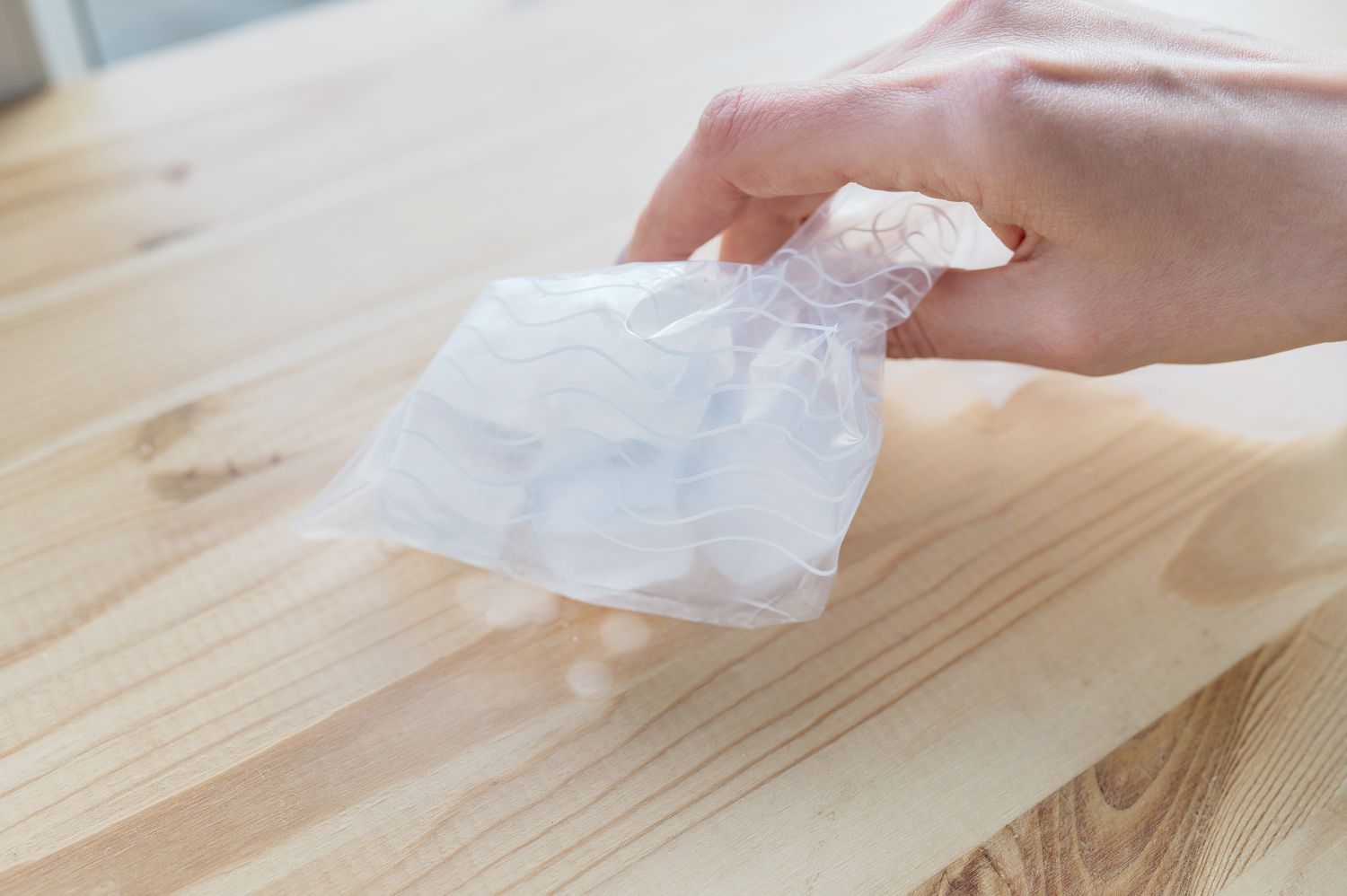
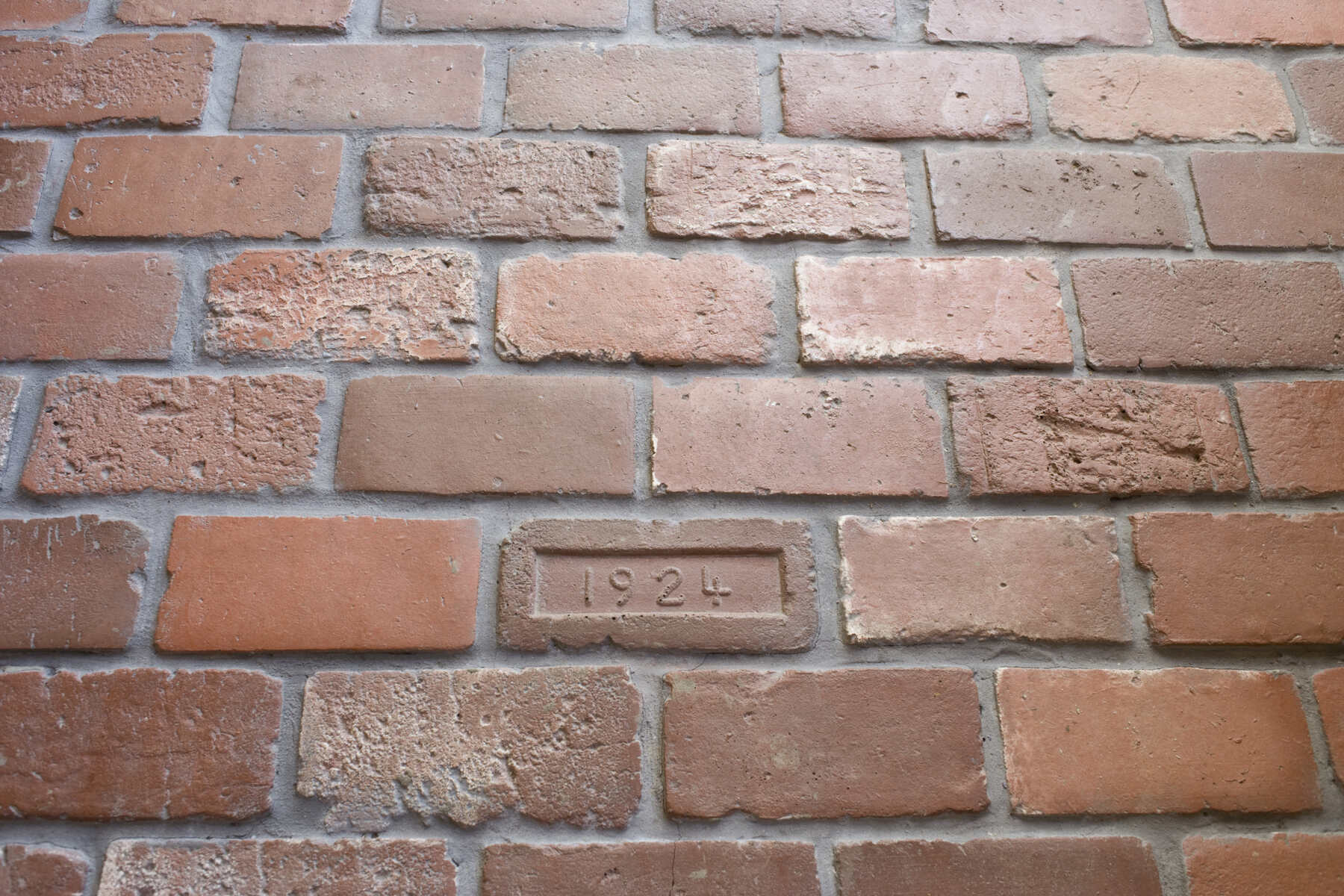
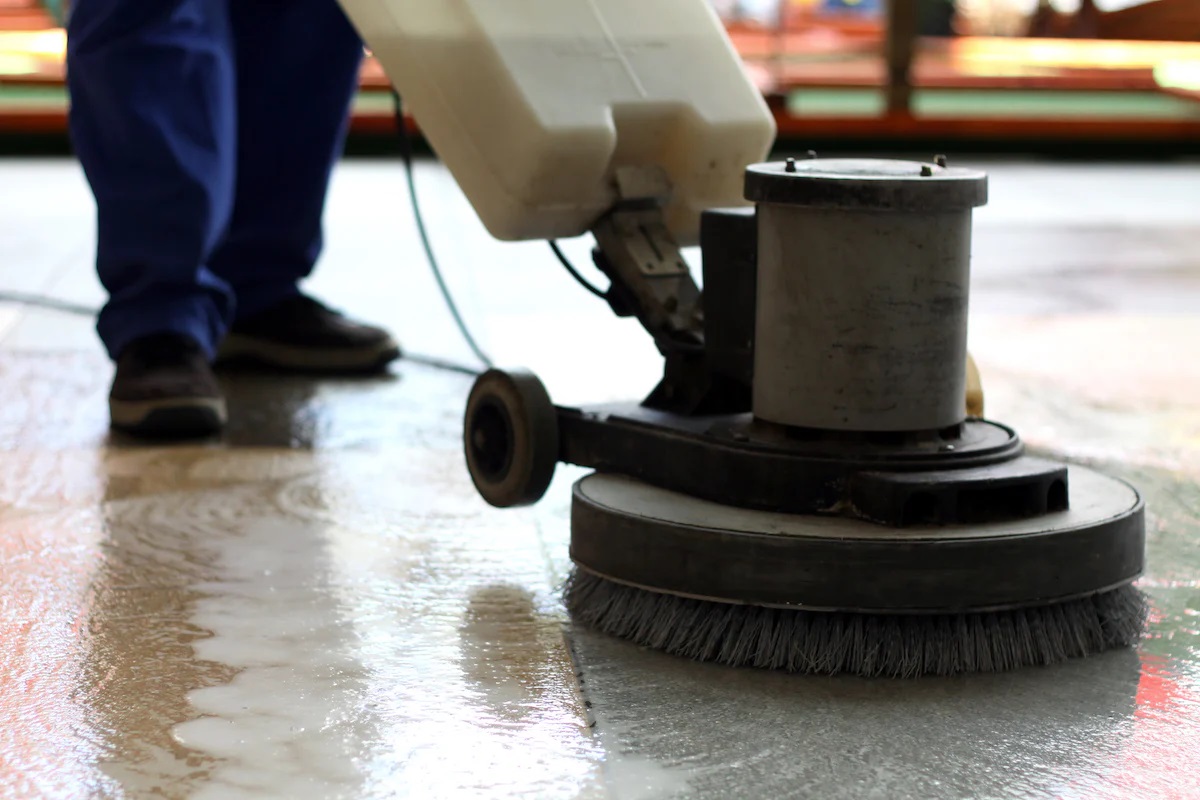
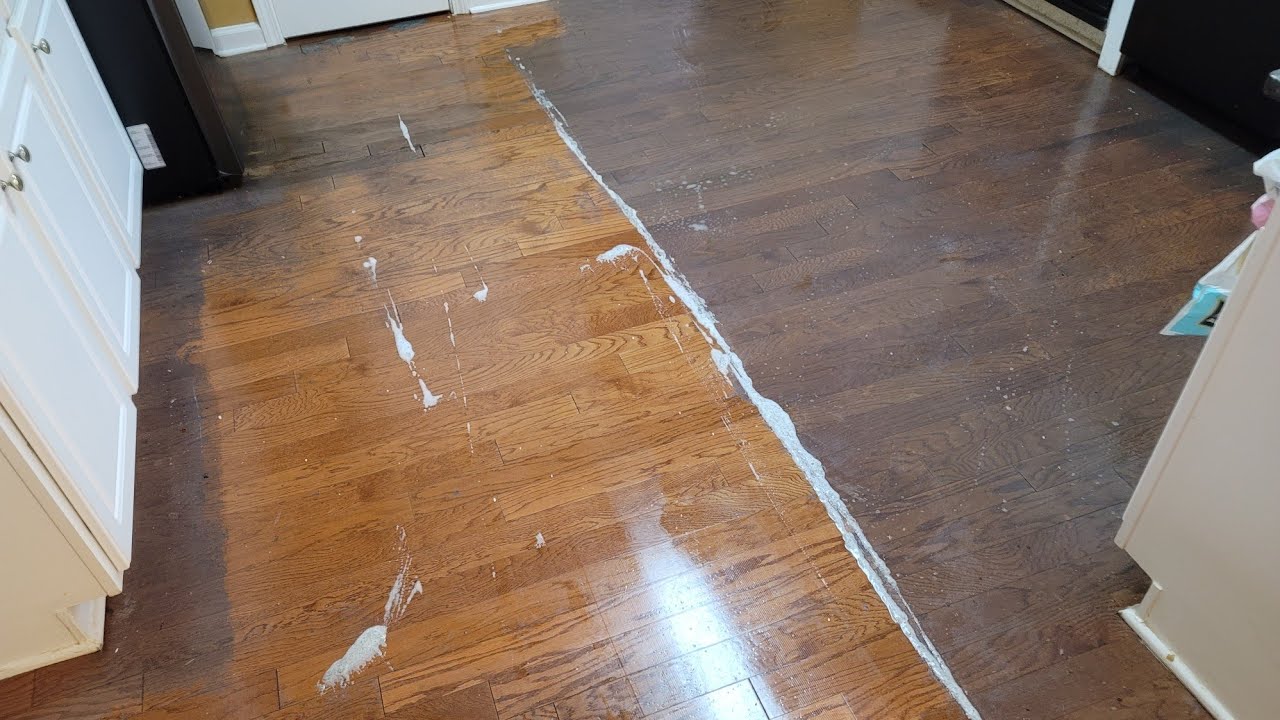
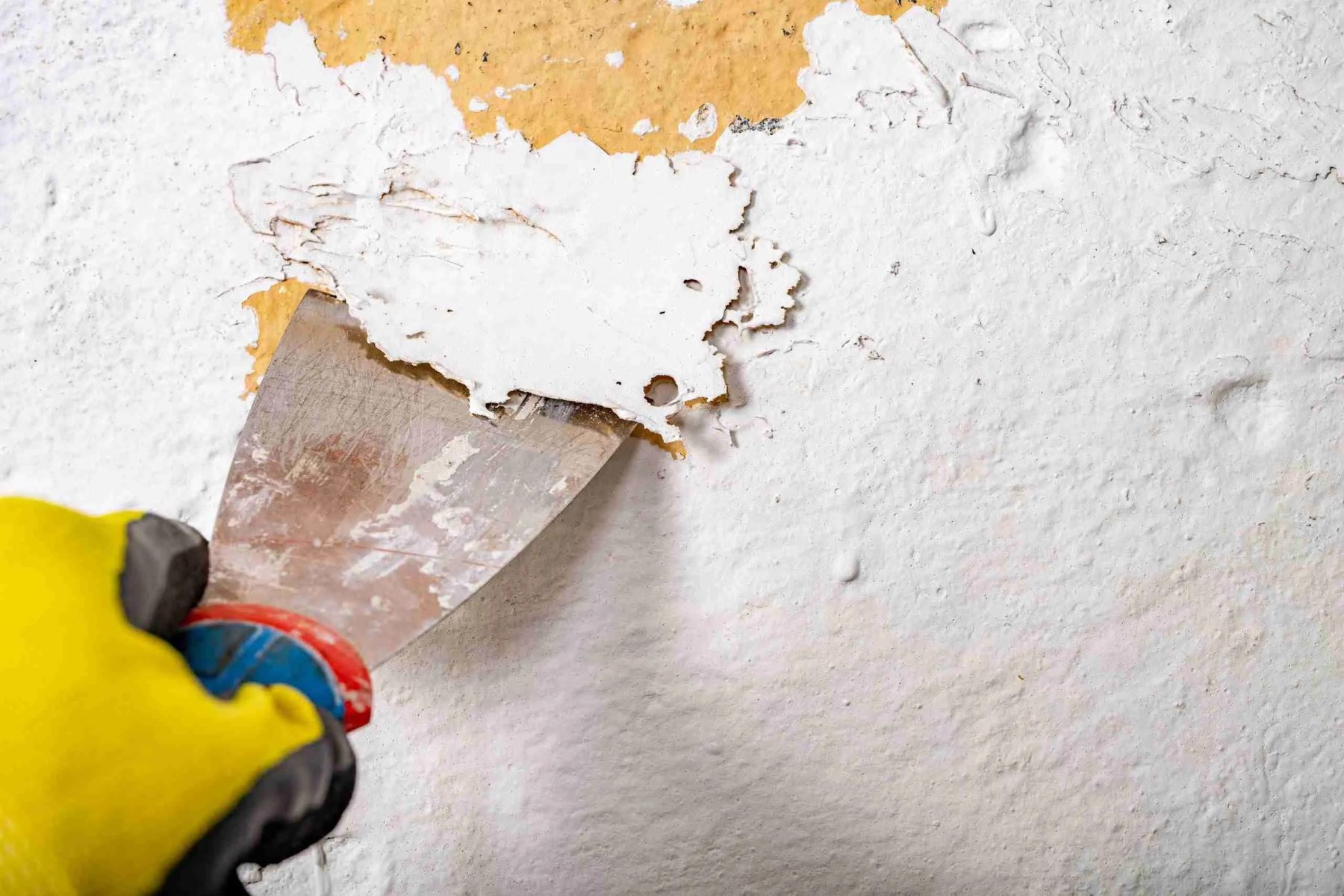
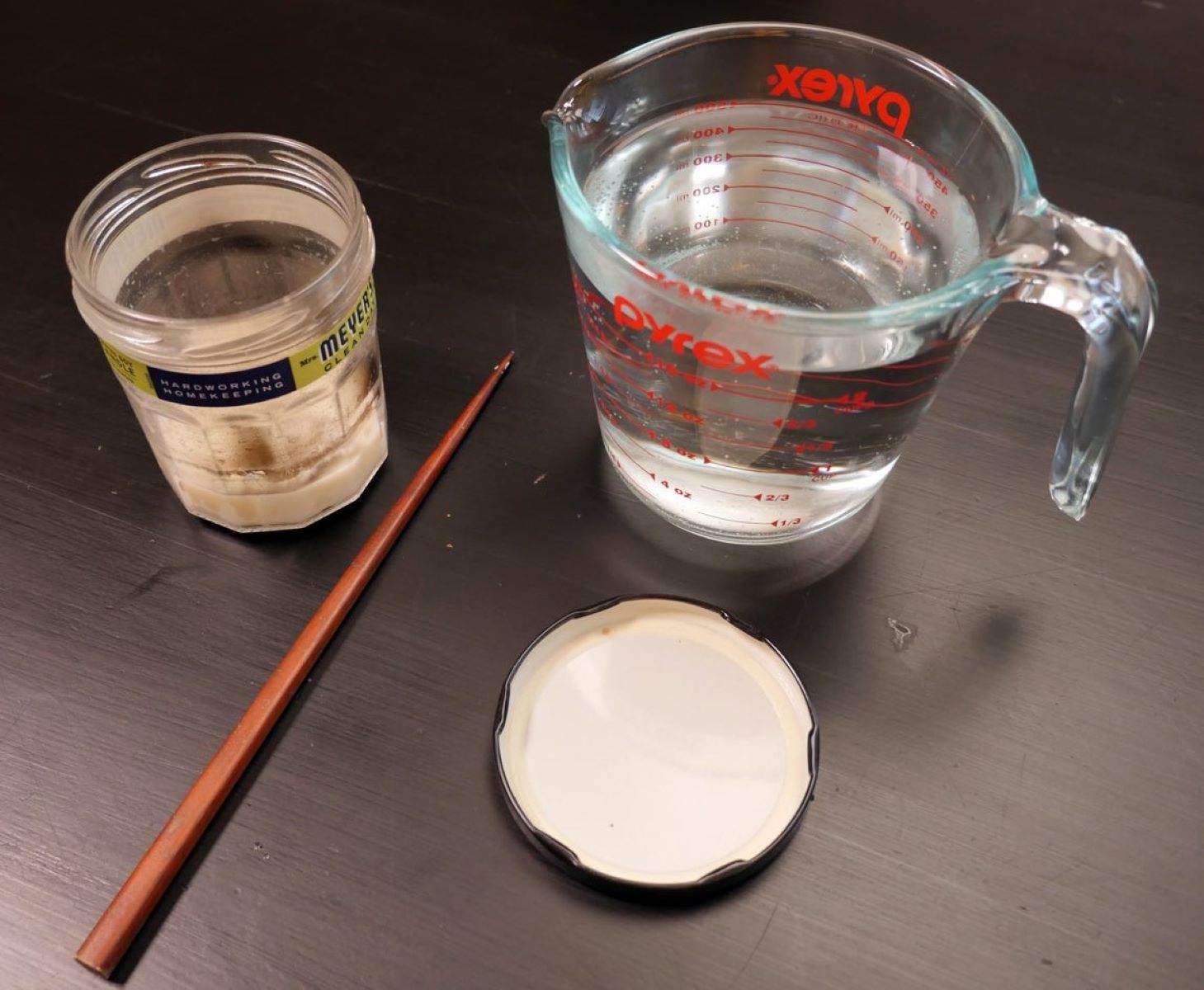
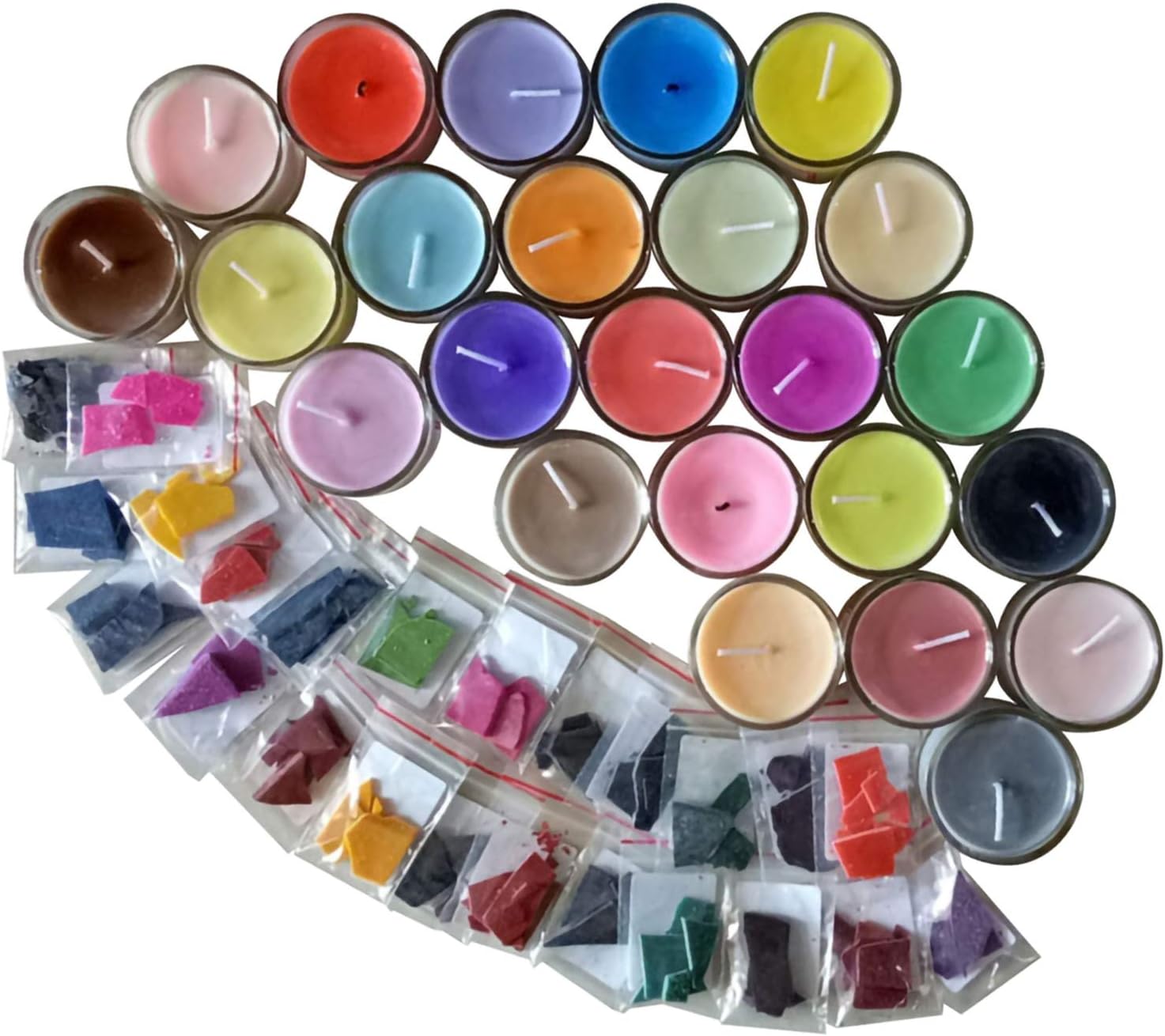
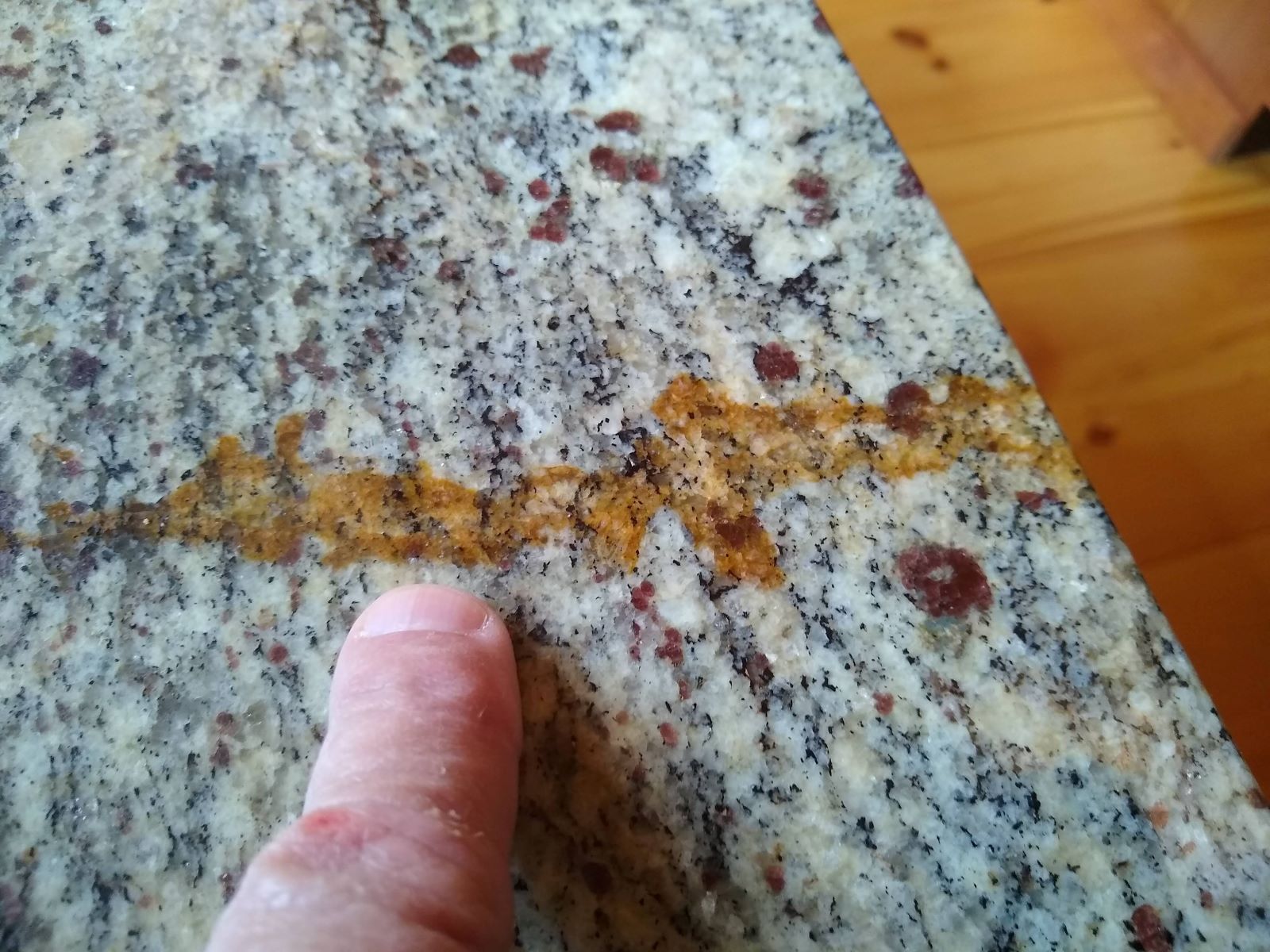
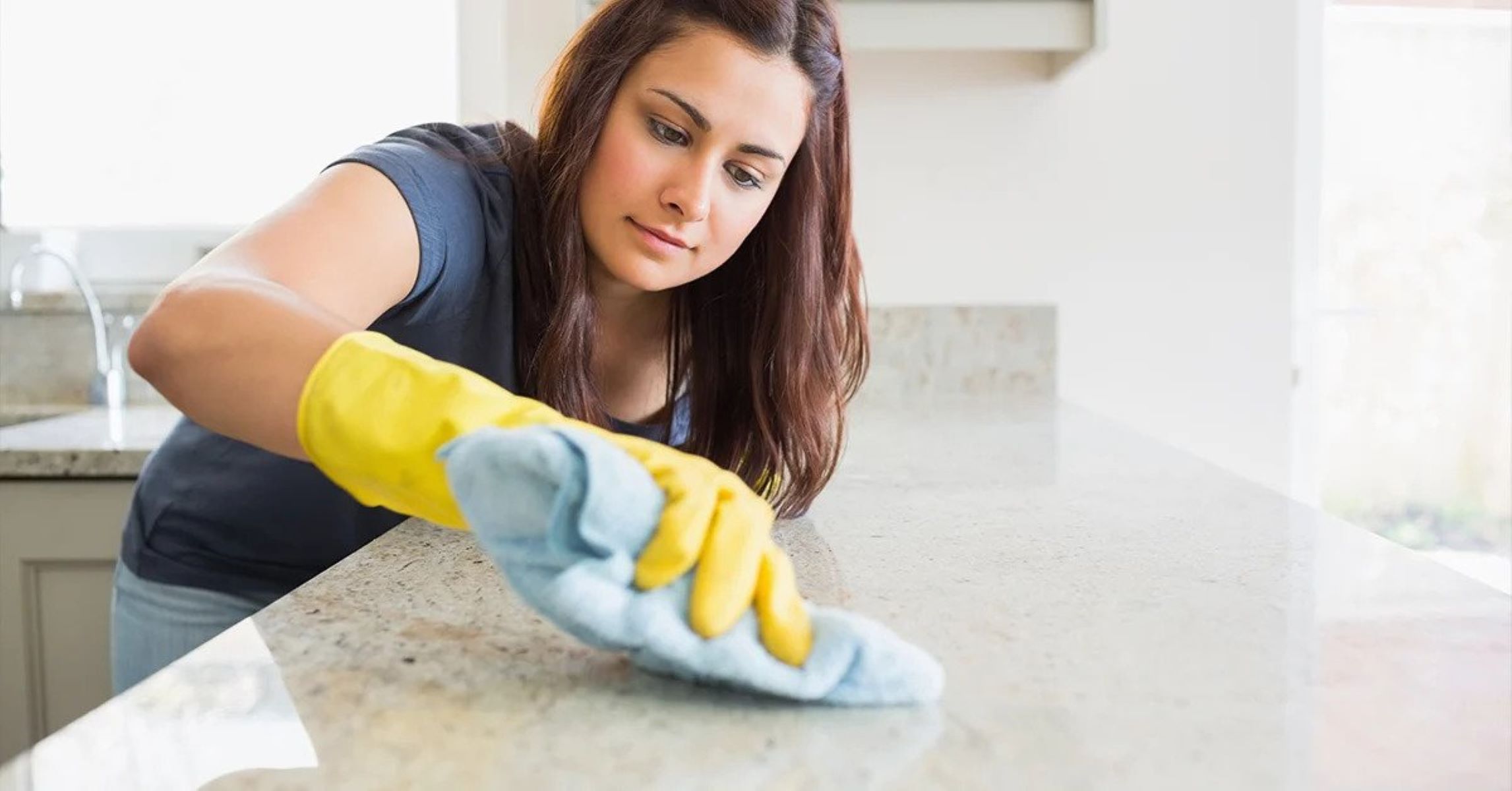
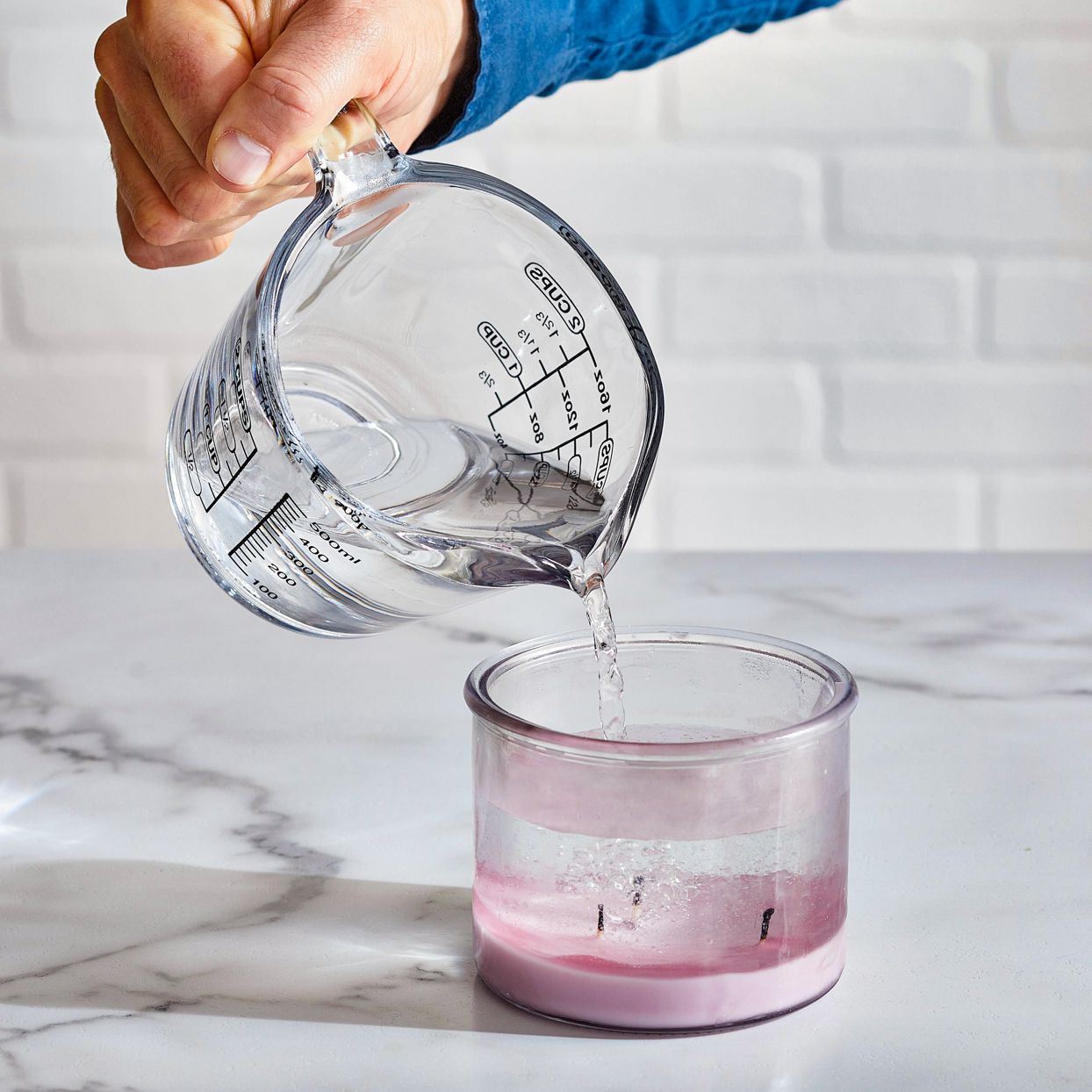
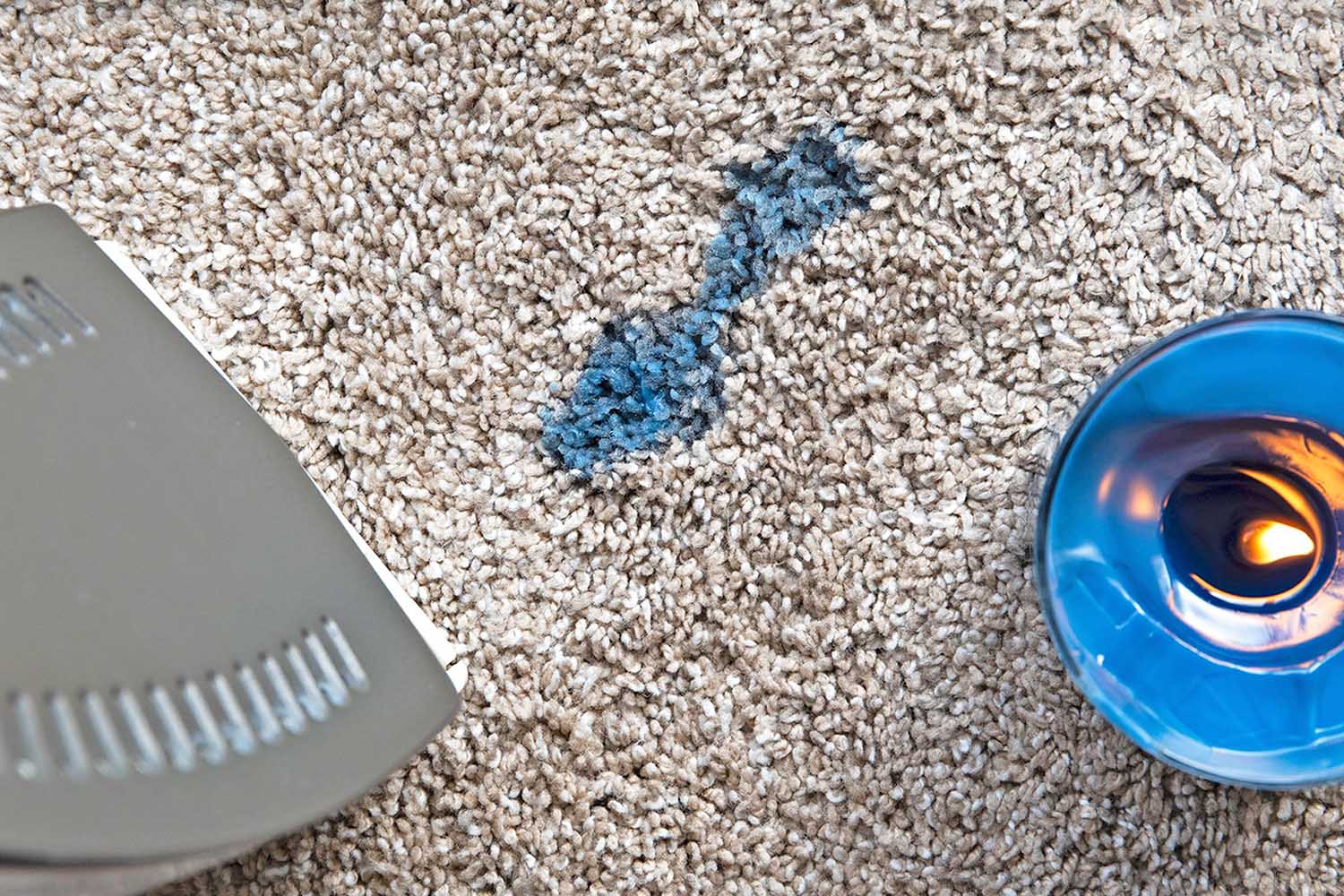
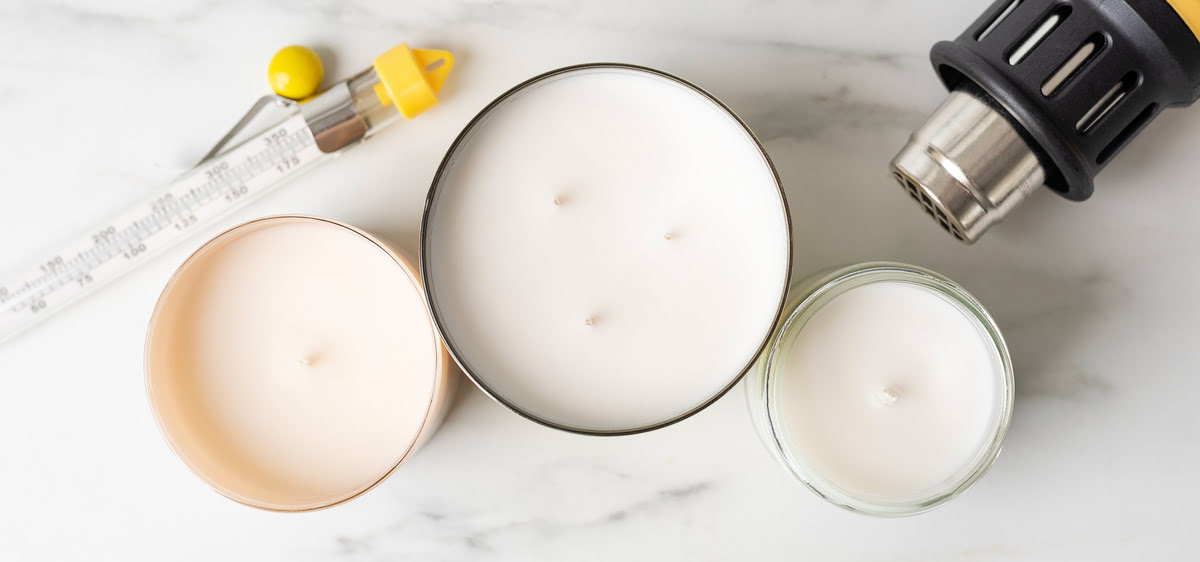
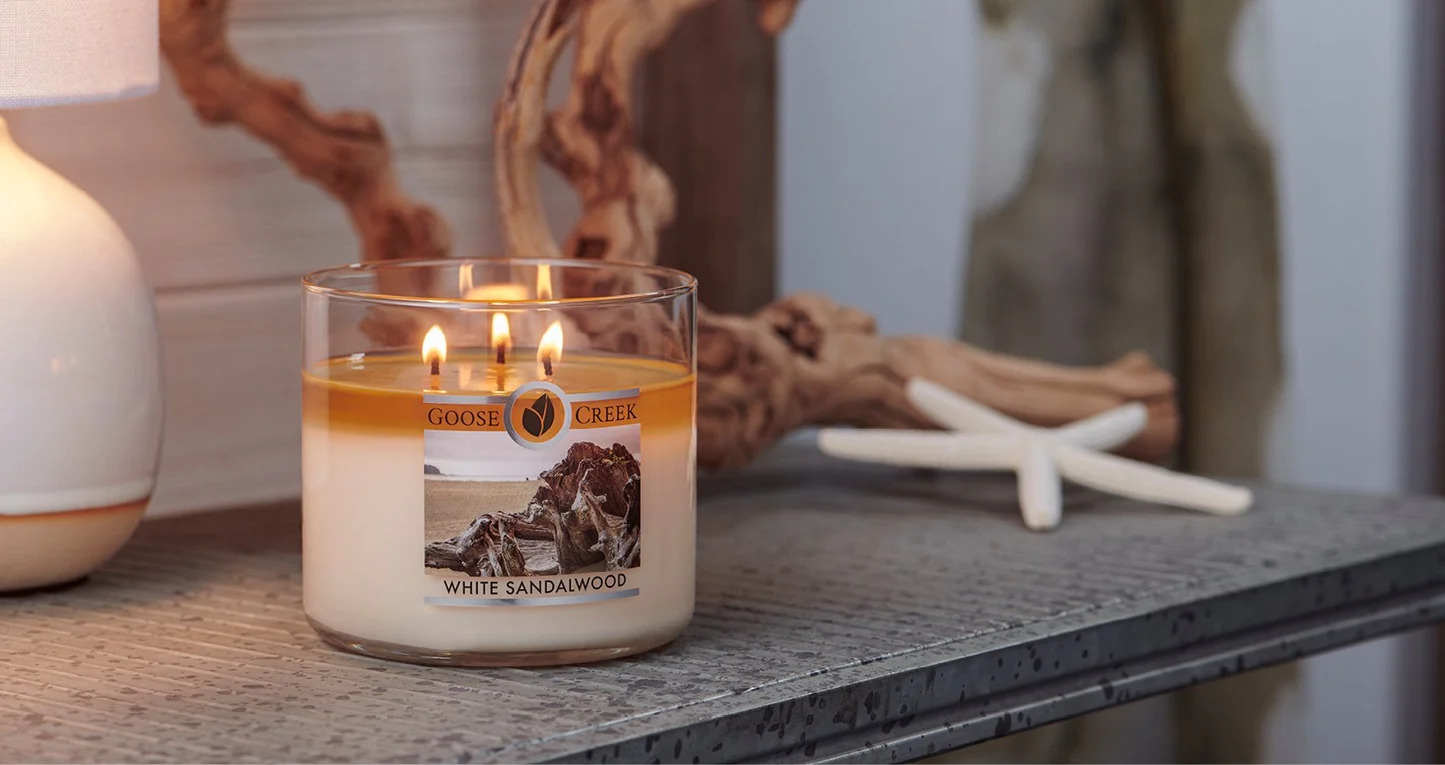
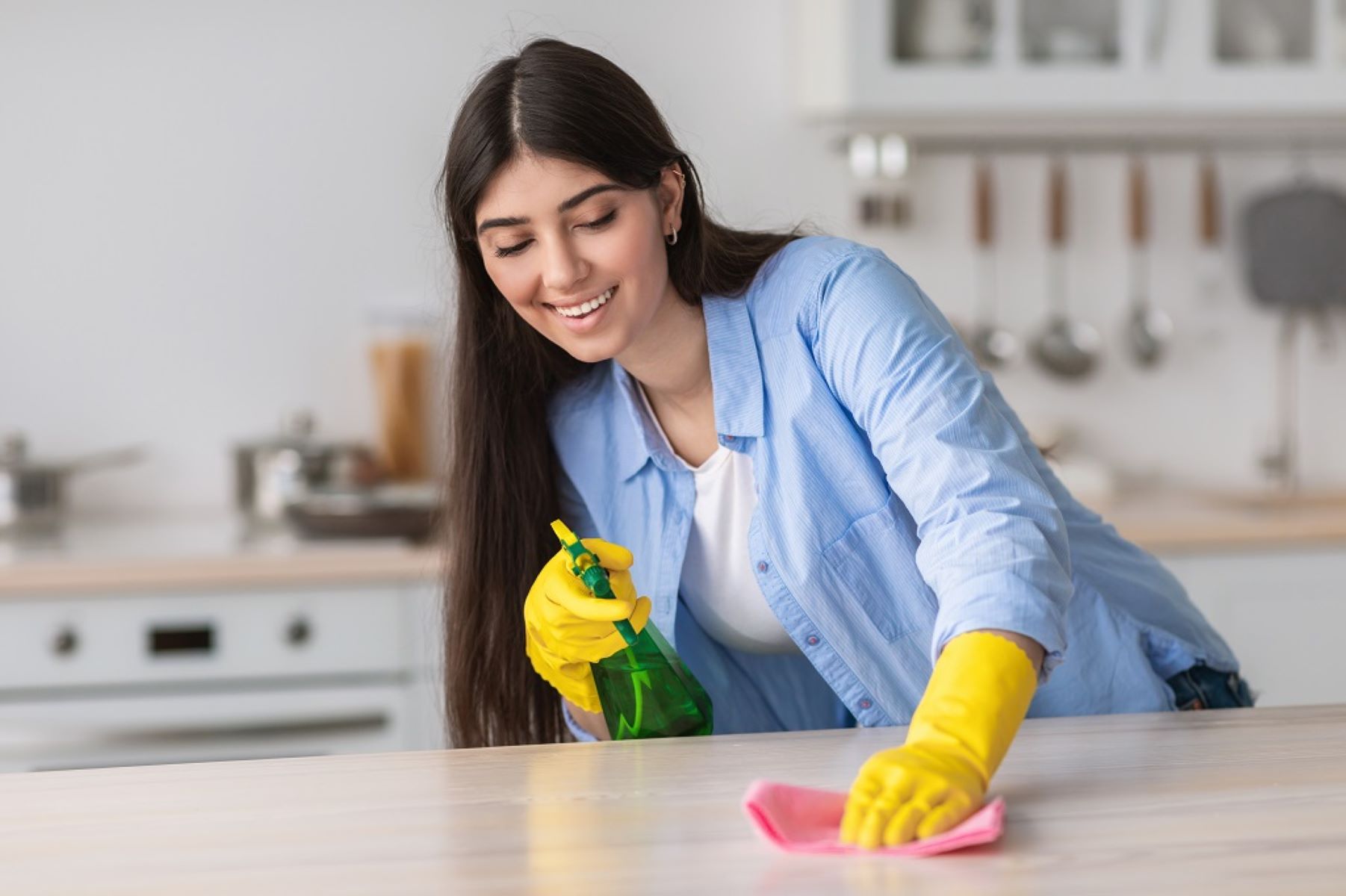

0 thoughts on “How To Get Candle Wax Off Countertops”